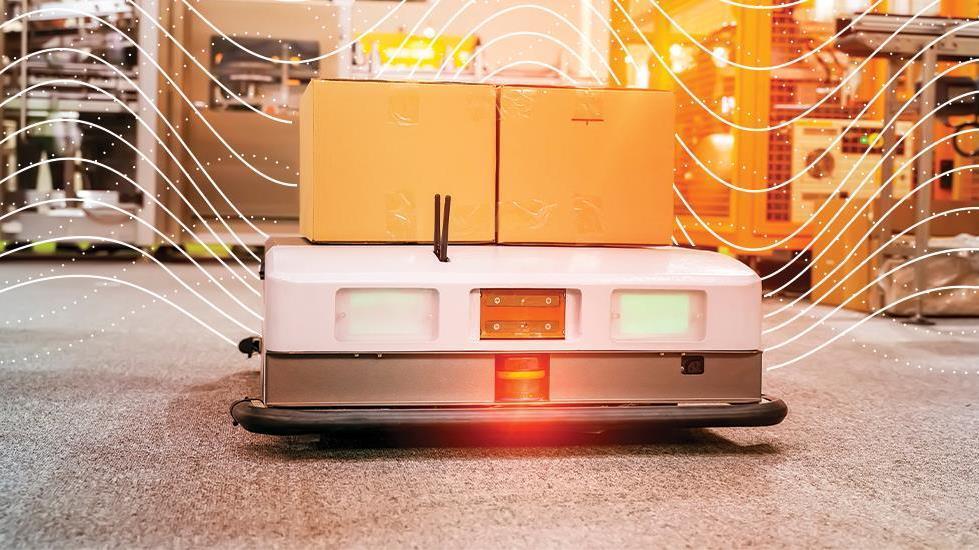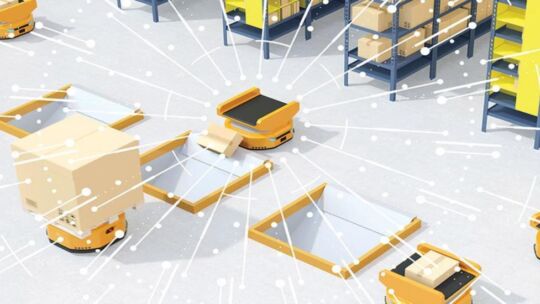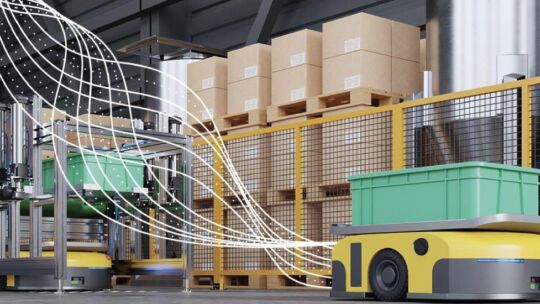
In the 20th century, factories were transformed by industrial robots. Today, technological innovations are revolutionizing the use of professional service robots in our daily lives. Advanced capabilities, especially in the areas of mobility and collaboration, are creating new opportunities for robotics deployment in many markets, including logistics, transportation, and security. Additionally, the critical need for social distancing and worker safety is driving demand for warehouse and logistic robotics in facilities such as e-commerce order fulfillment centers.

If your company is developing professional service robots to take advantage of these emerging applications, you need a partner who can optimize your design for manufacturing. Our robotics team provides design-centric, value engineering services for your robotics designs. We offer world-class electrical, mechanical, power, software, and thermal capabilities with compliance and verification engineering expertise.
Navigating with sensors
Autonomous mobile robots (AMRs) can work with humans because they have the technology to recognize and react to objects and people. An AMR uses sensors to move dynamically through its environment. It can navigate its own path and travel quickly and efficiently.
Any sensor device can be the eyes of a mobile robot. Sensors can detect the presence of obstacles or humans in unsafe zones, adding another level of security in the workplace. Light Detection and Ranging (LiDAR) sensors are widely used in autonomous robotics systems for navigation, tracking, and orientation. Time-of-flight (ToF) sensors have multiple applications, including object scanning, measuring distance, indoor navigation, gesture recognition, tracking objects, and optical sensing systems in factory automation.
Not only do we ensure that the sensors integrated into your systems are optimized, but we can also use our specialized testers for fine-tuning and calibrating sensors as part of a simultaneous localization and mapping (SLAM) system to make sure that the robot can navigate and move efficiently and safely.
Cross-industry experience
The underlying technologies that impact all areas of robotics include materials, manufacturing methods, and — especially for mobile robots — power and energy. Energy storage is a major issue for mobile robotics and is driving efforts to improve battery life, minimize power utilization, and find new sources of energy.
We have extensive cross-industry experience developing scalable, energy-efficient solutions utilizing a wide range of batteries and battery management systems (BMS). We can optimize your design, resulting in greater efficiency and improved power usage.
Complex integration
The advancements in processing and sensing systems, as well as the optimization of power modules, have increased the complexity of robotics product integration.
Our expertise with professional service robots supports the integration of a variety of sub-assemblies, including:
- Wireless connectivity modules for WiFi, LTE, BLE, and more
- Processing and compute modules
- Cameras, sensors, motors, and actuators
- Power, batteries, and BMS
- Control systems for drive trains and safety subsystems
Delivering the new age of robotics
In the new age in robotics, humans and robots can work together safely with improved efficiency and production. Human workers can focus on tasks that require critical thinking, while technology gives robots the flexibility and freedom to expand outside their historic factory environment.
As you develop the next generation of robotics solutions, partner with us for our robotics knowledge and deep experience in engineering, design support, and manufacturing to get your solutions to market, faster. We provide real-time supply chain insights and logistics services so you can play to your strengths in highly competitive local and global markets. And our global presence gives you the ability to build and scale your robots — wherever your customers are.



